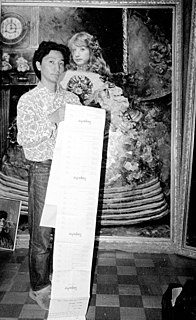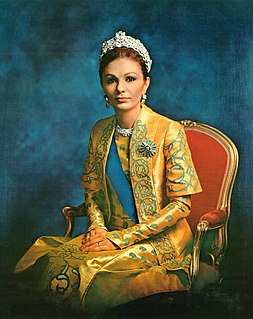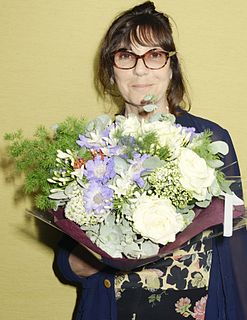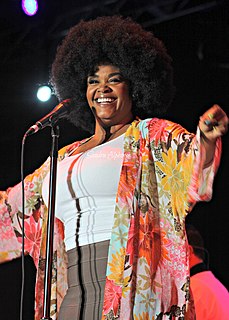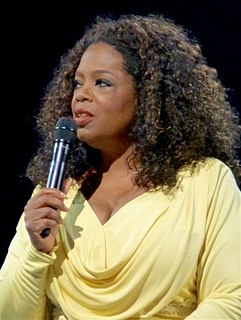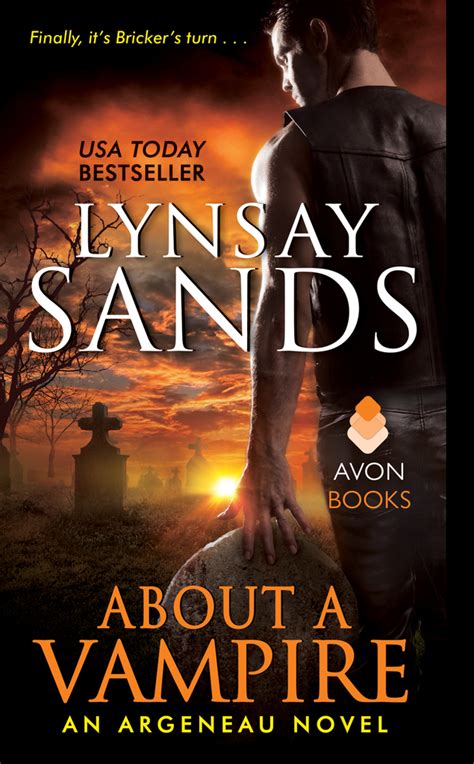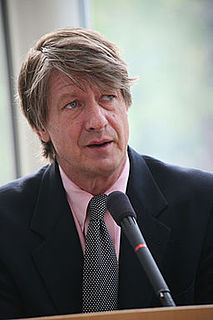A Quote by David Rockefeller
They decided to establish a museum of modern art where works by contemporary artists would be shown. Mother was viewed as a very progressive person, and not everybody liked the paintings she bought.
Related Quotes
The museum in D.C. is really a narrative museum - the nature of a people and how you represent that story. Whereas the Studio Museum is really a contemporary art museum that happens to be about the diaspora and a particular body of contemporary artists ignored by the mainstream. The Studio Museum has championed that and brought into the mainstream. So the museums are like brothers, but different.
It took the Metropolitan Museum of Art nearly 50 years to wake up to Pablo Picasso. It didn't own one of his paintings until 1946, when Gertrude Stein bequeathed that indomitable quasi-Cubistic picture of herself - a portrait of the writer as a sumo Buddha - to the Met, principally because she disliked the Museum of Modern Art.
I remember I went to an exhibition somewhere and one of the artists, an Iranian lady, said, "I wish we had somewhere that our paintings would stay forever." So this idea came to me. I said, "She's right, we should have a place to keep them, and not only Iranian art works, but also of foreign artists."
My mother's a genius. She just kept feeding me art on whatever we had; paper plates, silver platter, didn't matter. You know, she just kept feeding it to me. So we went to see all kinds of theater. We would go to the art museum pretty much every Sunday, and I would watch her. She let me know that art was supposed to touch.
As a child, Kate hat once asked her mother how she would know she was in love. Her mother had said she would know she was in love when she would be willing to give up chocolate forever to be with that person for even an hour. Kate, a dedicated and hopeless chocoholic, had decided right then that she would never fall in love. She had been sure that no male was worth such privation.





